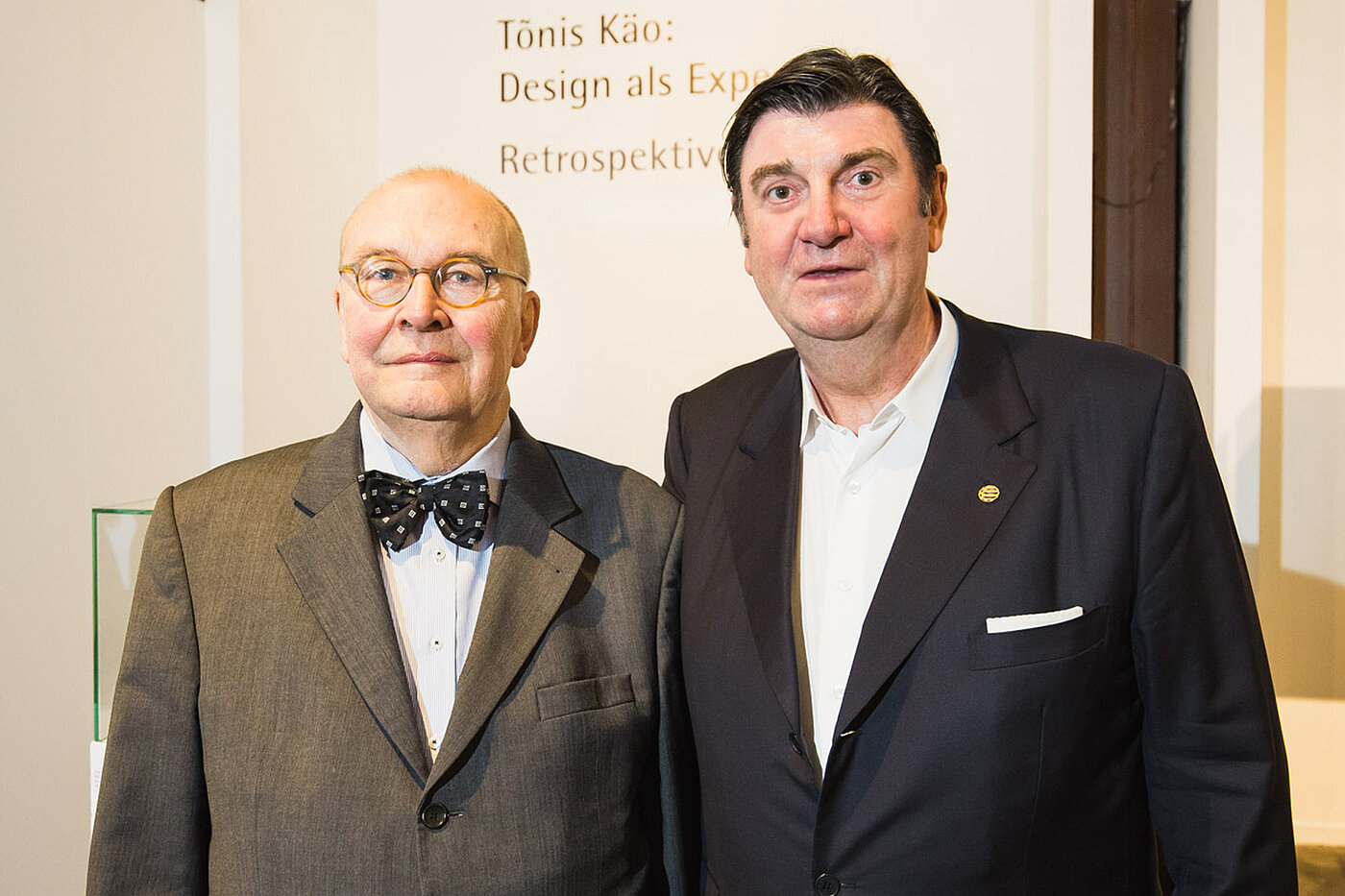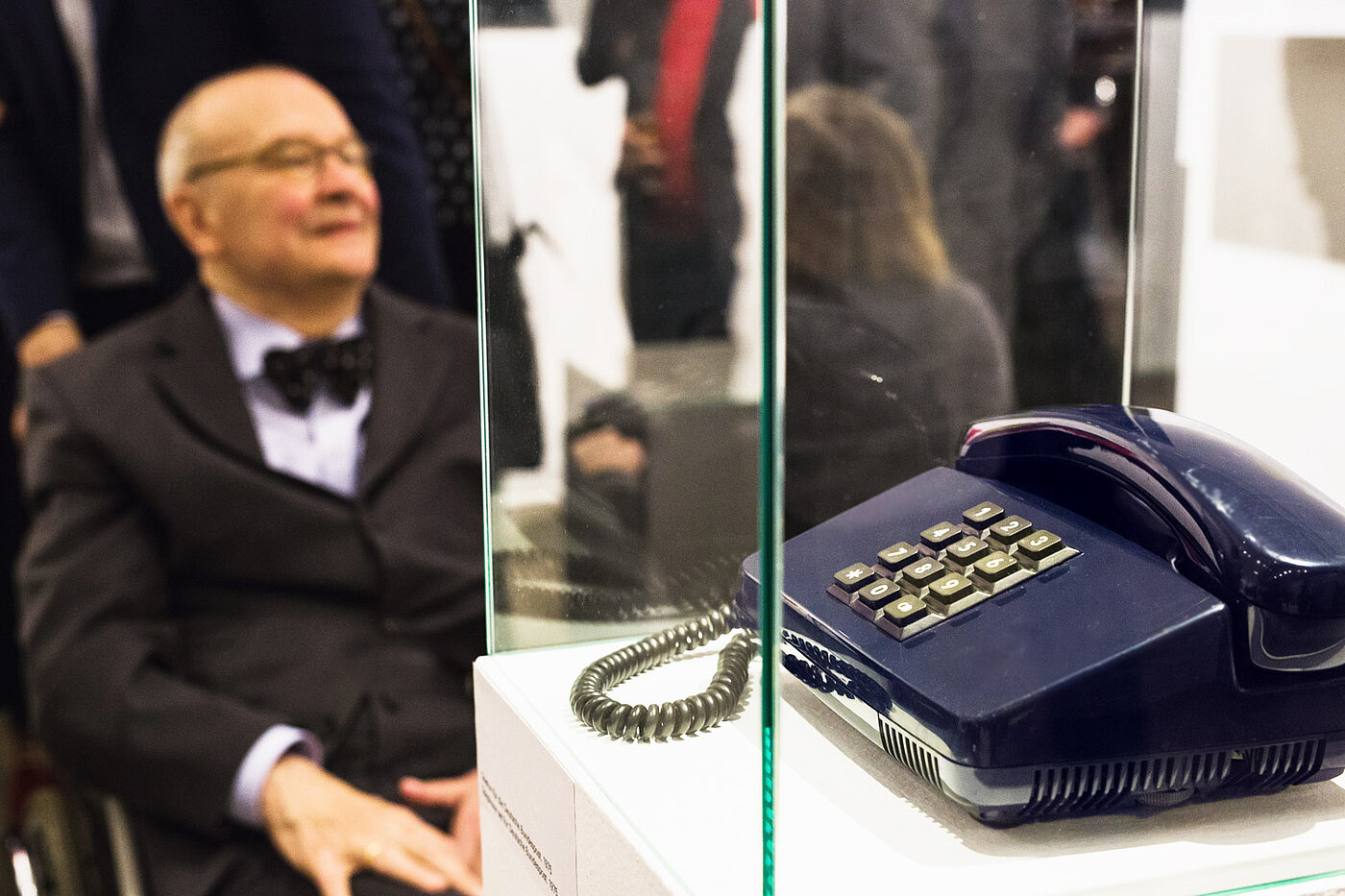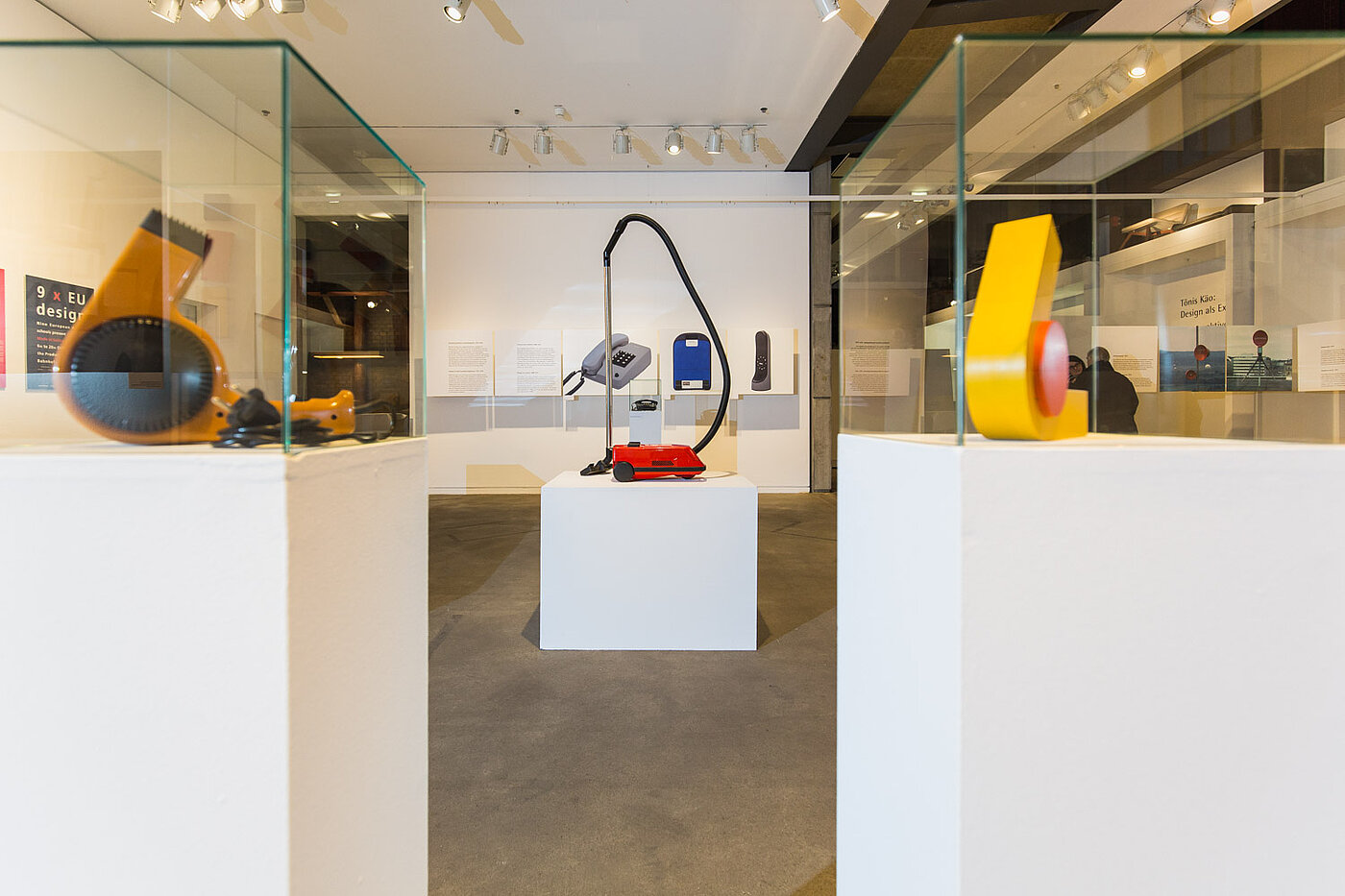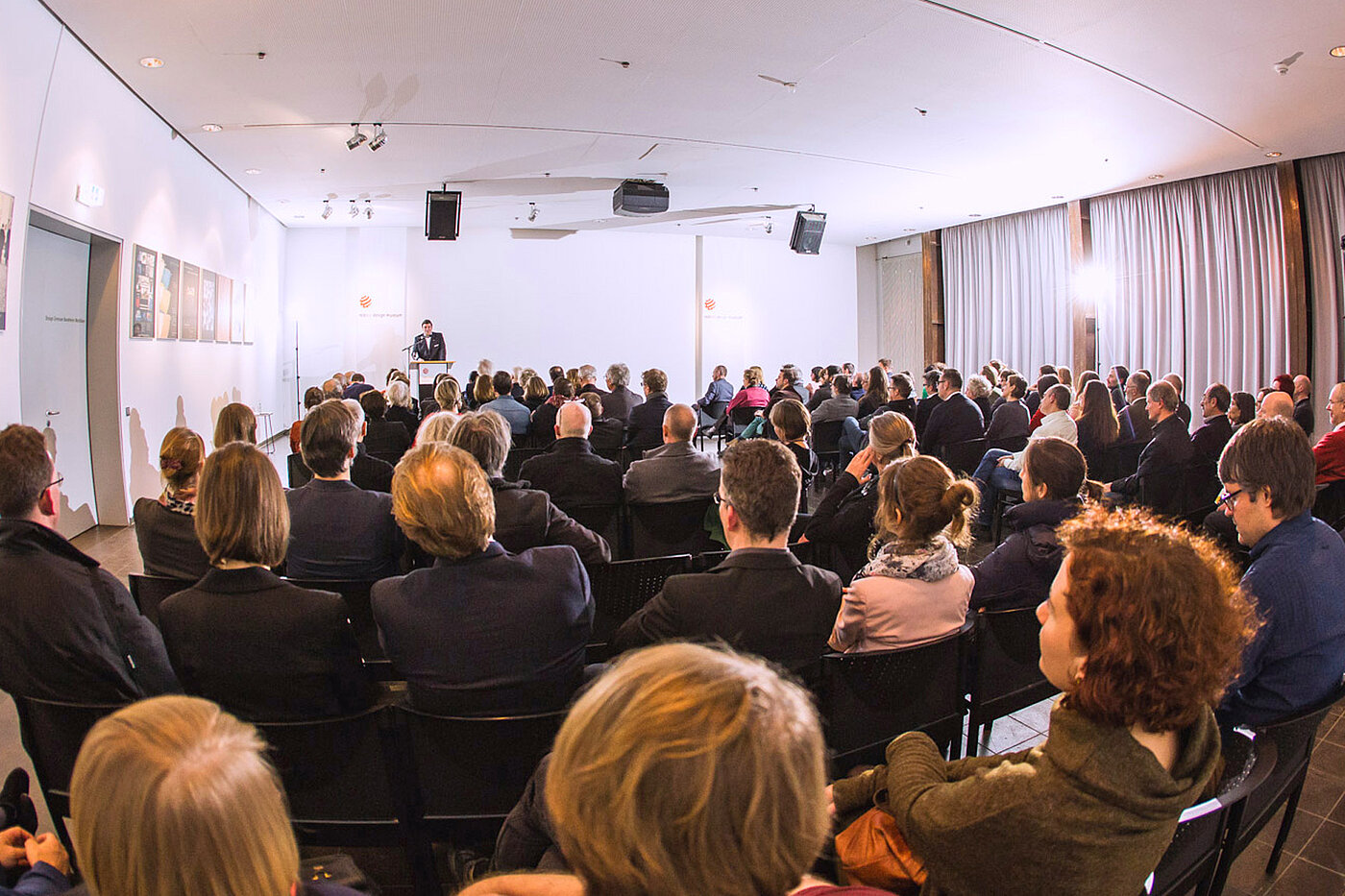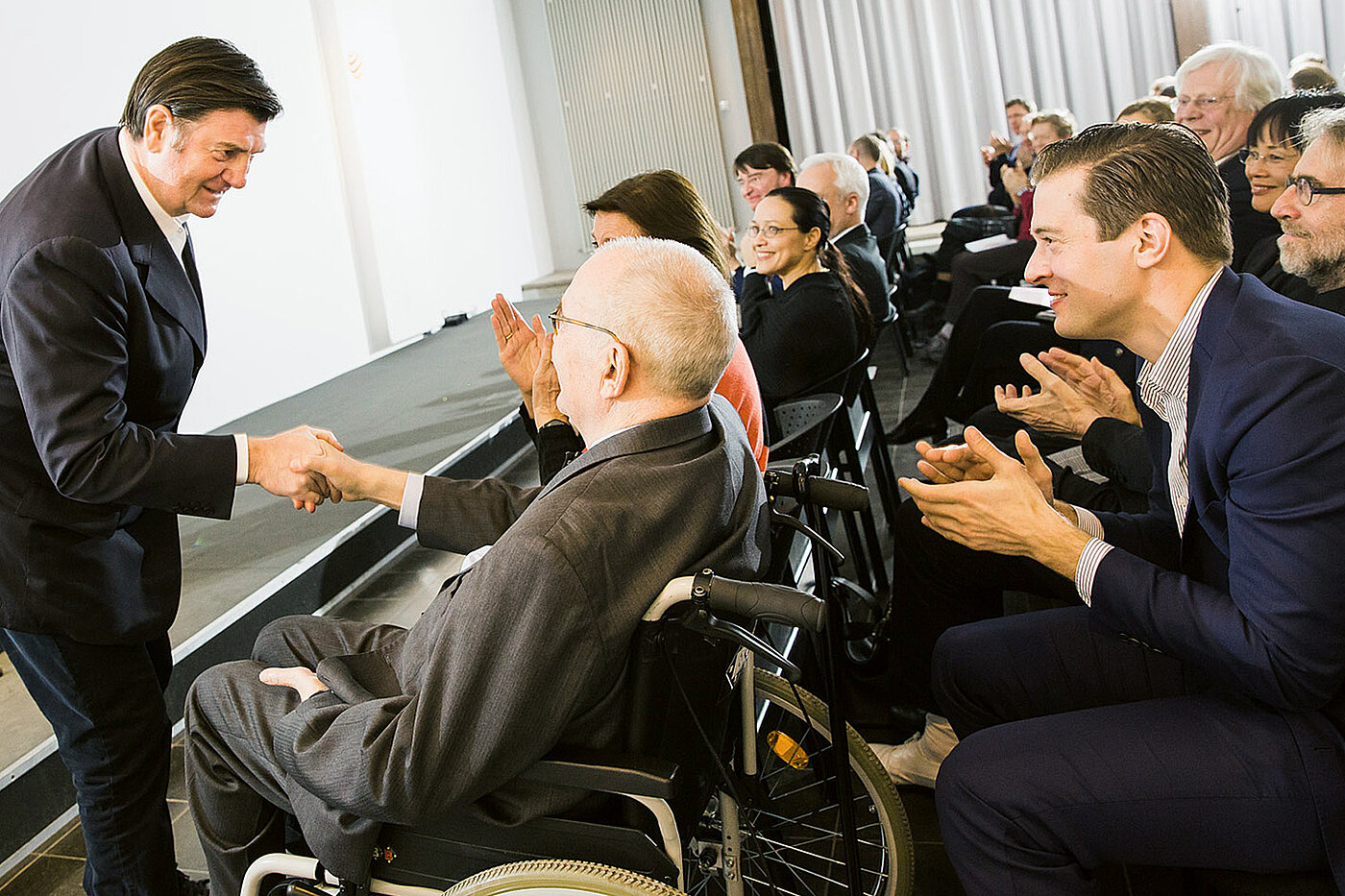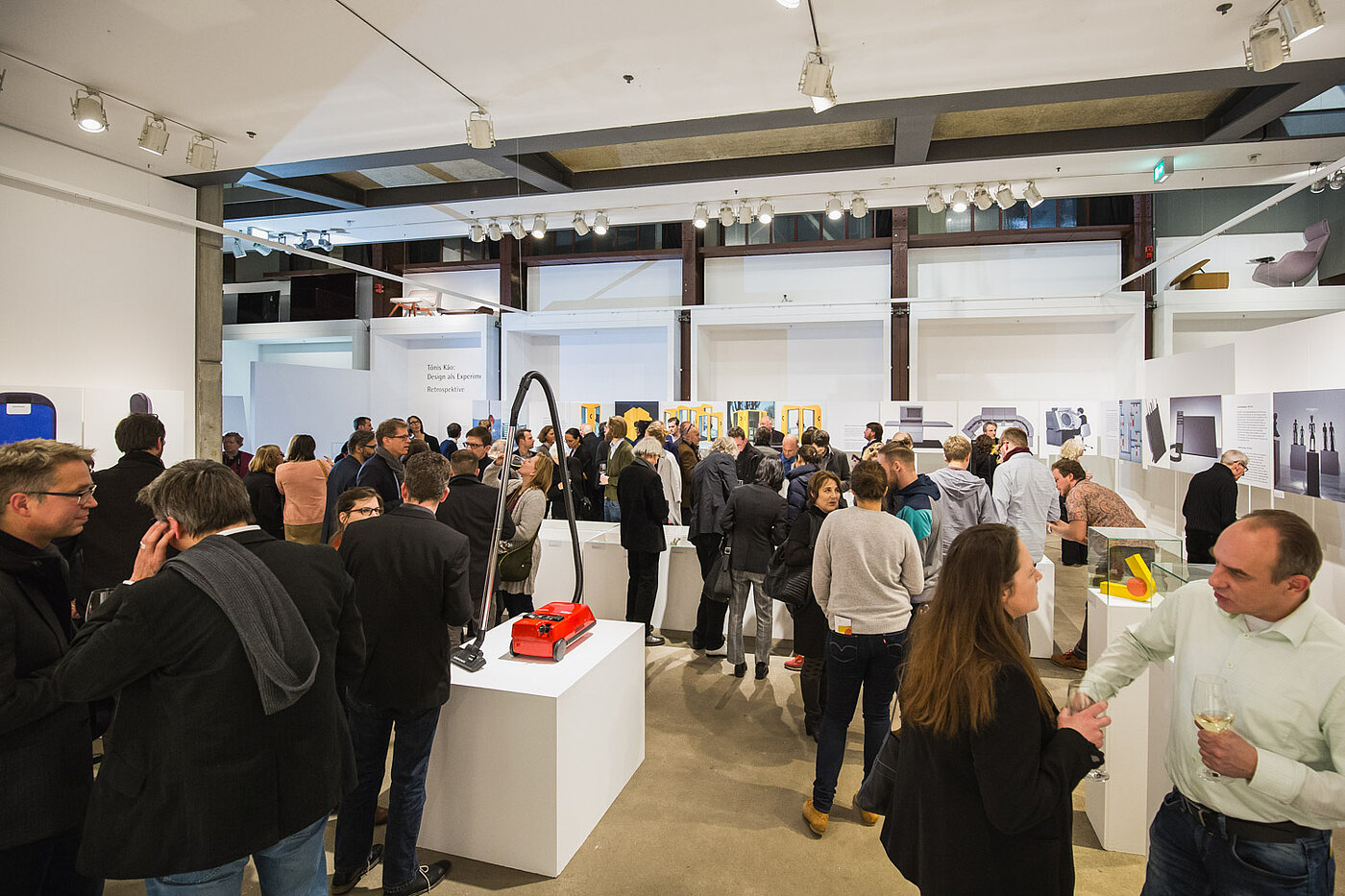Influential technology designer: Tönis Käo has died
It is not unusual for a designer to be less well known than the products he created. Tönis Käo was no exception. Born in 1940 in Saaremaa (Estonia), Käo chose Munich as his home. It was there that he came up with concepts whose realisation became possible decades later and which became extremely popular. He also designed products that everyone in Germany above the age of 40 is likely to be familiar with – even though the visionary designer himself did not become a household name until much later.
His most fascinating pieces of work include two product ideas. One is clearly similar to the shape of a flip mobile phone. The other immediately conjures up the image of an “ultra-flat laptop”. It was in fact Tönis Käo who defined the basic shapes for these two everyday products as an ideal recommendation at a time when neither of those products was technically feasible: The designs stem from 1982 and were not realised as functioning technology products until around 15 years later.
Progressive phone
Tönis Käo also designed successful series products, such as the push-button telephone for Deutsche Bundespost from 1975. Whether in green, beige, dark blue or wine, the telephone could be found in virtually every West German household. As early as 1972, he created the first telephone with the dialler integrated in the receiver. The concept was considered futuristic at the time, but became the standard in all modern mobile phones.
Tönis Käo was employed in the design department at Siemens from 1969 to 1991, heading up the department from 1983. His successful models under the Siemens brand include for example the VS5, a compact and distinctive vacuum cleaner from 1978. After retiring from Siemens, he lectured as a Professor of Industrial Design at the University of Wuppertal until 2005.
“Design as Experiment”
In the preface to an exhibition dedicated to him in the Estonian Museum of Applied Art and Design in 2014, Peter Zec referred to Tönis Käo’s work concept as “design as experiment”. The headline of the preface became the title of the overall exhibition: “Disain kui eksperiment”. In January 2016, the Red Dot Design Museum Essen took over the exhibition and opened “Tõnis Käo: ‘Design as Experiment’, Retrospective” in honour of the influential technology designer.
Speakers at the opening on 21 January 2016 included NRW Minister for the Economy Garrelt Duin, Prof. Kurt Mehnert, Rector of Folkwang University of the Arts, Kai Lobjakas, who had already curated the Estonian exhibition, Prof. Anke Bernotat, who had studied under Käo and who headed up the exhibition project, and Prof. Dr. Peter Zec, founder of the Red Dot Design Award and host in the Red Dot Design Museum at the Zollverein World Heritage Site. The exhibition ran until 3 April 2016 and attracted huge visitor numbers.
“He saw the future and helped to shape it”
“In design, there is often a major discrepancy between the big stars that everyone knows and their actual life achievements. Tönis Käo was never on the cover of glossy magazines, but with his progressive designs he shaped our lifestyle like scarcely any other designer. He defined how things should be, saw the future in a visionary way and helped to shape it for us.” – Peter Zec on the passing of Tönis Käo.
Tönis Käo died on 3 July 2016 at the age of 76.
Further information:
» “Design as Experiment”: Exhibition about Tõnis Käo in the Red Dot Design Museum Essen
